|
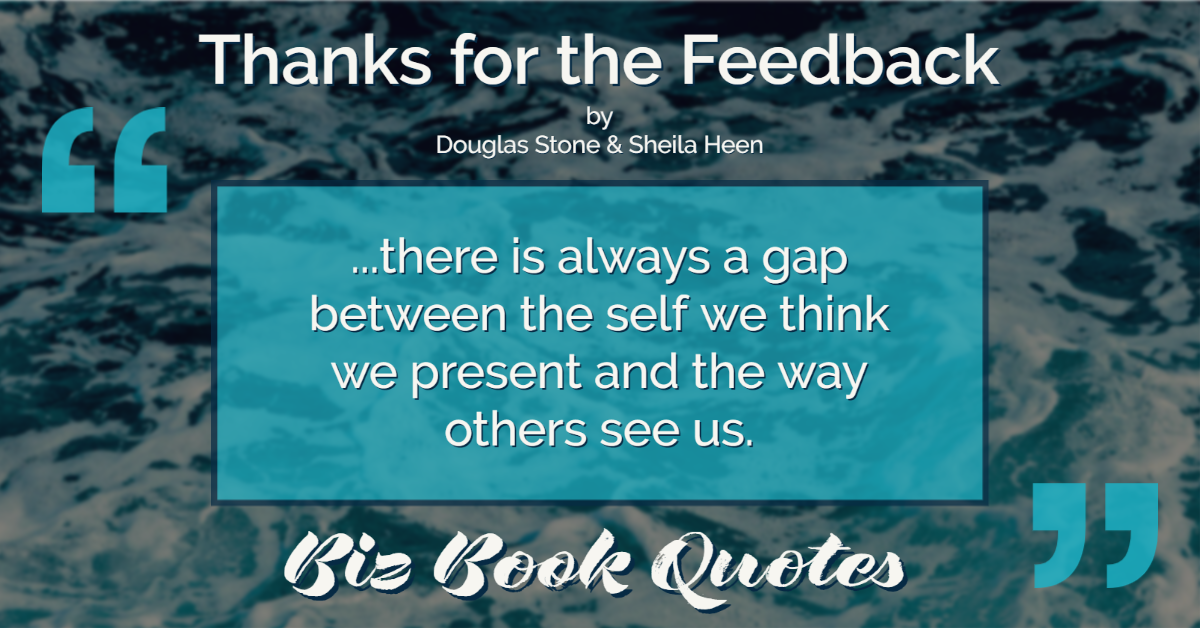
|
Thanks for the Feedback:
…there is always a gap between the self we think we present and the way others see us.
|
78 |
|
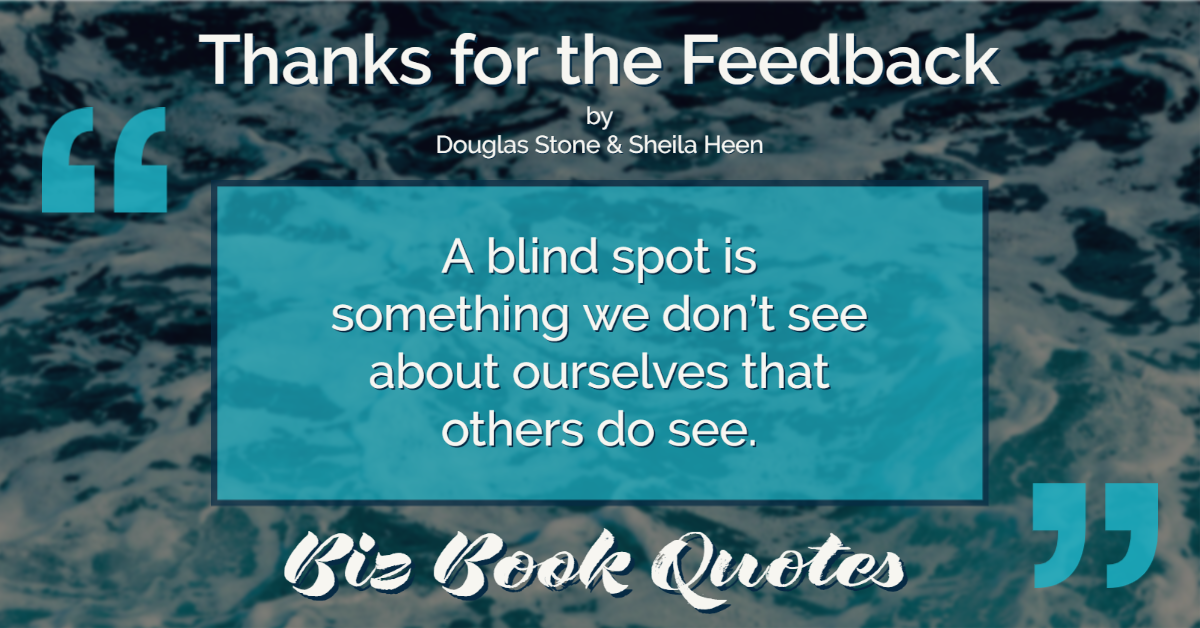
|
Thanks for the Feedback:
A blind spot is something we don’t see about ourselves that others do see.
|
81 |
|

|
Thanks for the Feedback:
Why is so much communicated through facial expression?… It’s because most humans are so wonderfully good at reading other people’s faces.
|
82 |
|
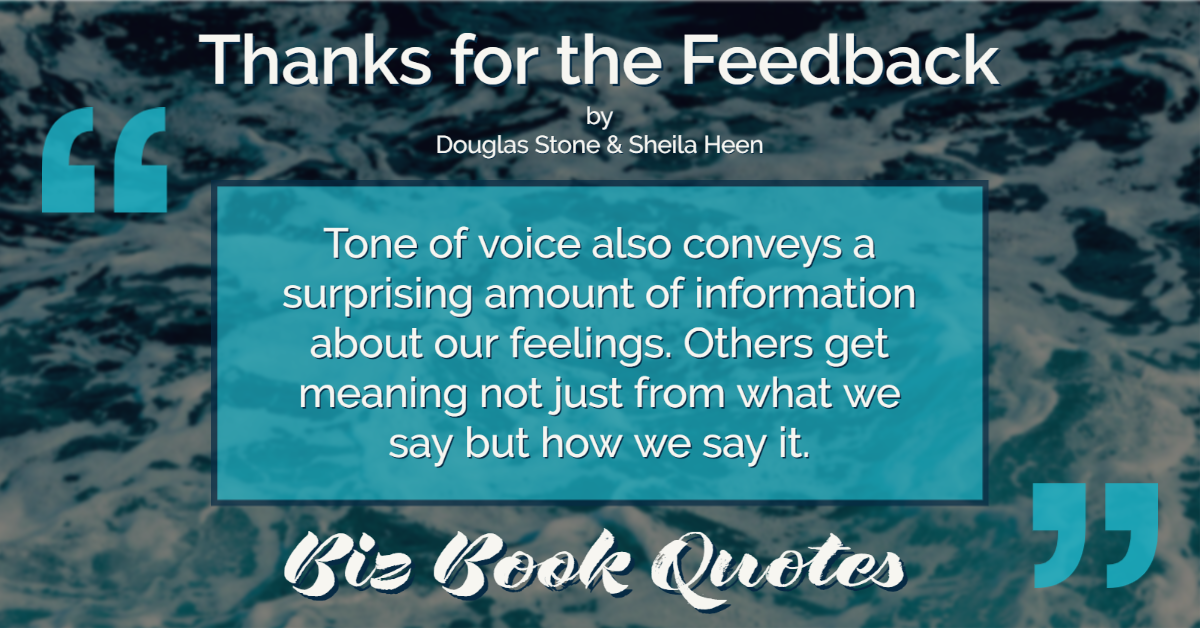
|
Thanks for the Feedback:
Tone of voice also conveys a surprising amount of information about our feelings. Others get meaning not just from what we say but how we say it.
|
83 |
|
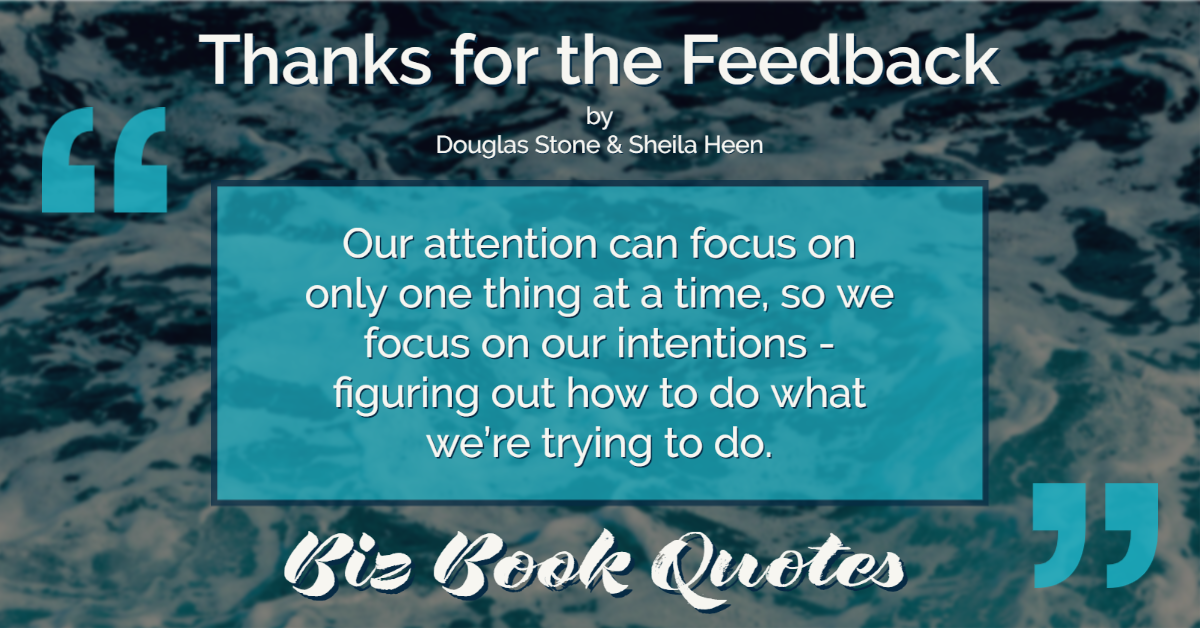
|
Thanks for the Feedback:
Our attention can focus on only one thing at a time, so we focus on our intentions – figuring out how to do what we’re trying to do.
|
84 |
|
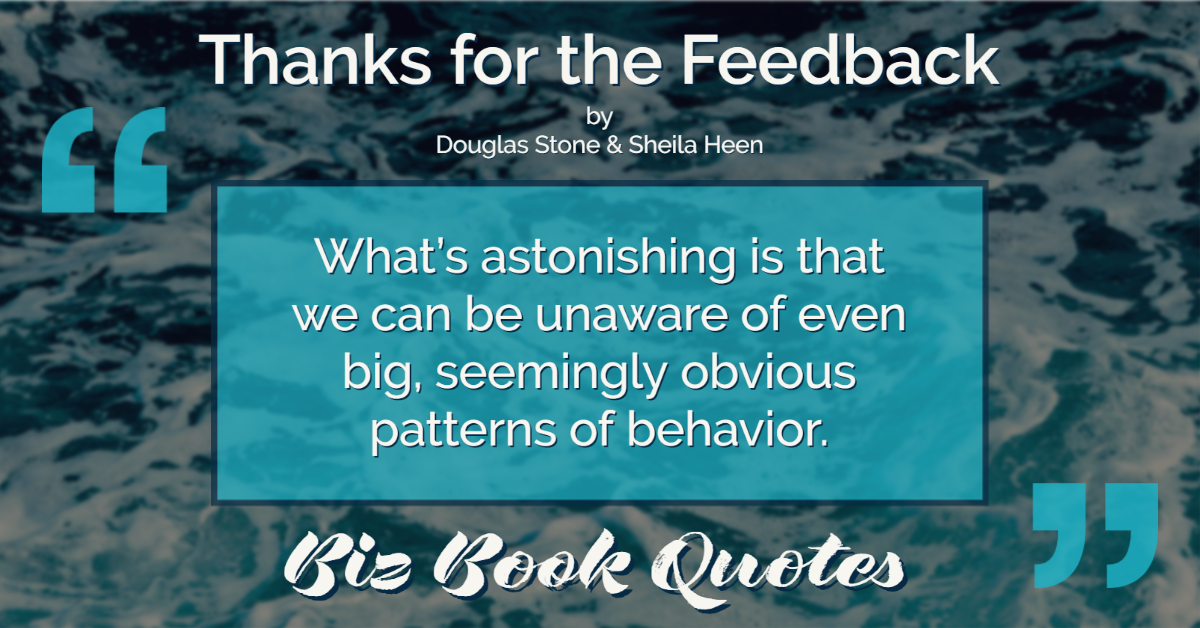
|
Thanks for the Feedback:
What’s astonishing is that we can be unaware of even big, seemingly obvious patterns of behavior.
|
84 |
|
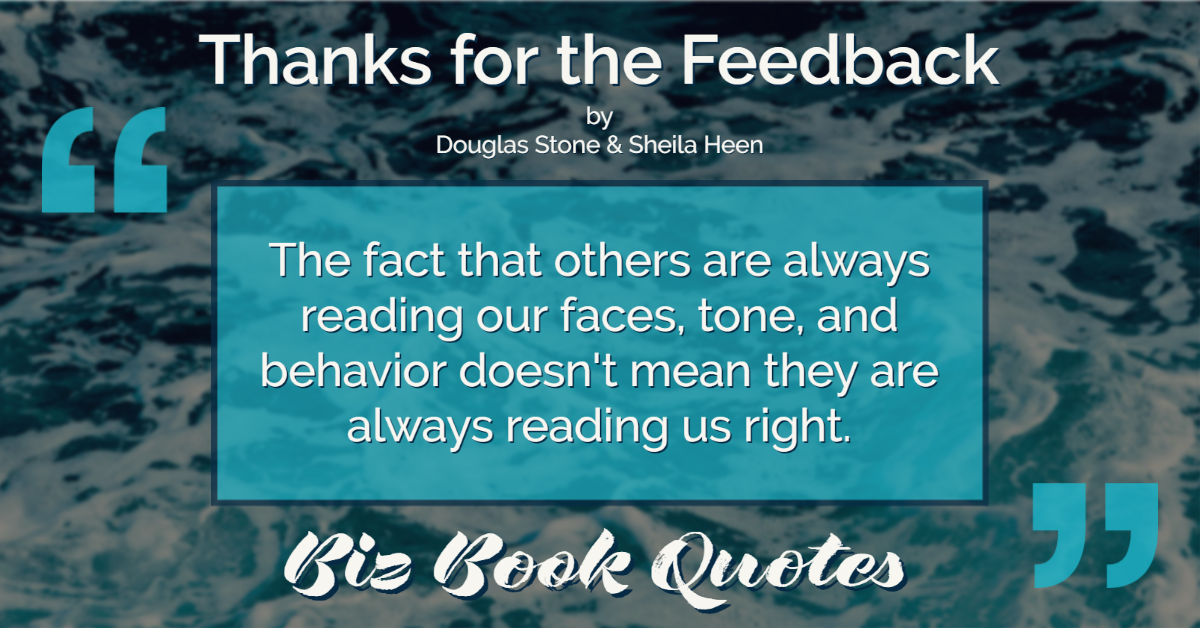
|
Thanks for the Feedback:
The fact that others are always reading our faces, tone, and behavior doesn’t mean they are always reading us right.
|
85 |
|
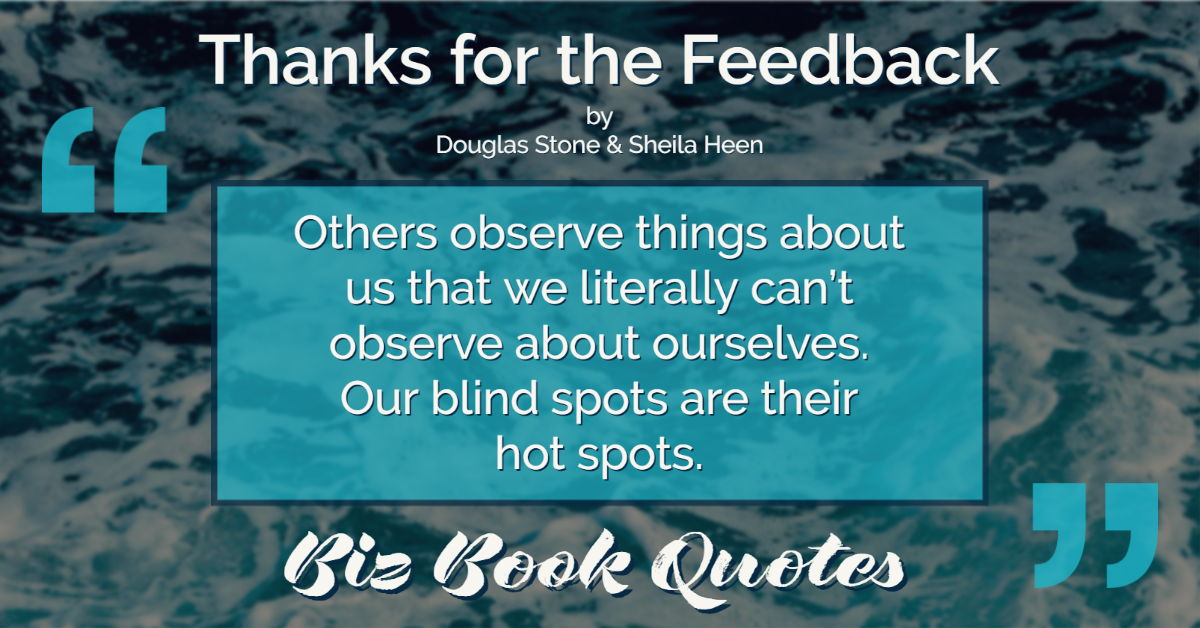
|
Thanks for the Feedback:
Others observe things about us that we literally can’t observe about ourselves. Our blind spots are their hot spots.
|
86 |
|
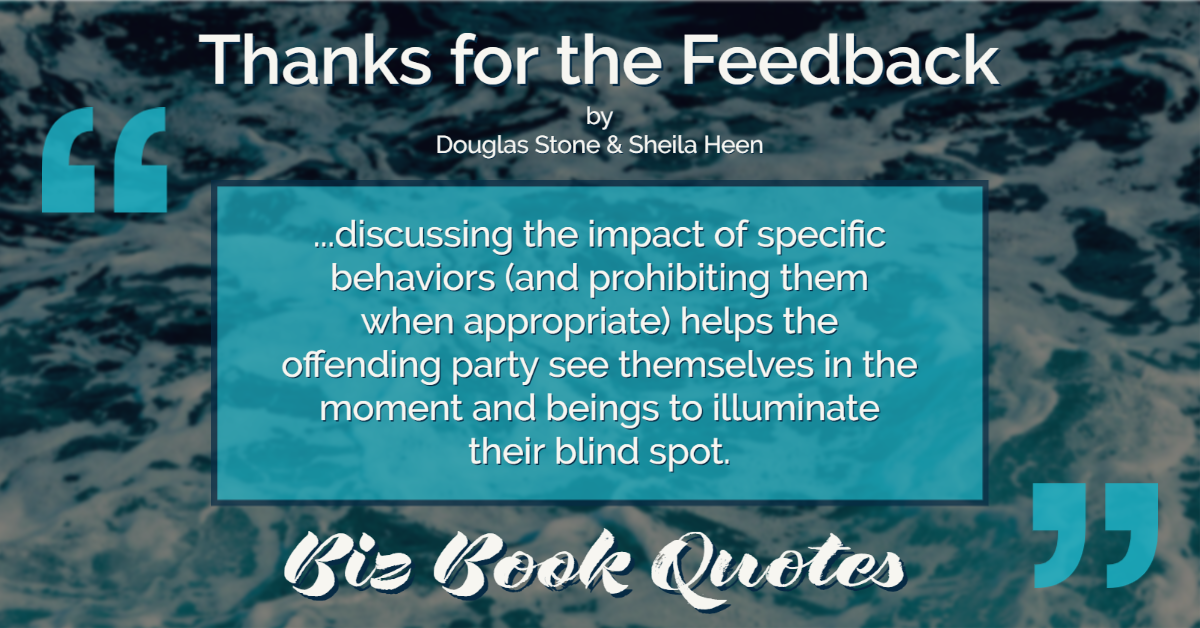
|
Thanks for the Feedback:
…discussing the impact of specific behaviors (and prohibiting them when appropriate) helps the offending party see themselves in the moment and beings to illuminate their blind spot.
|
90 |
|
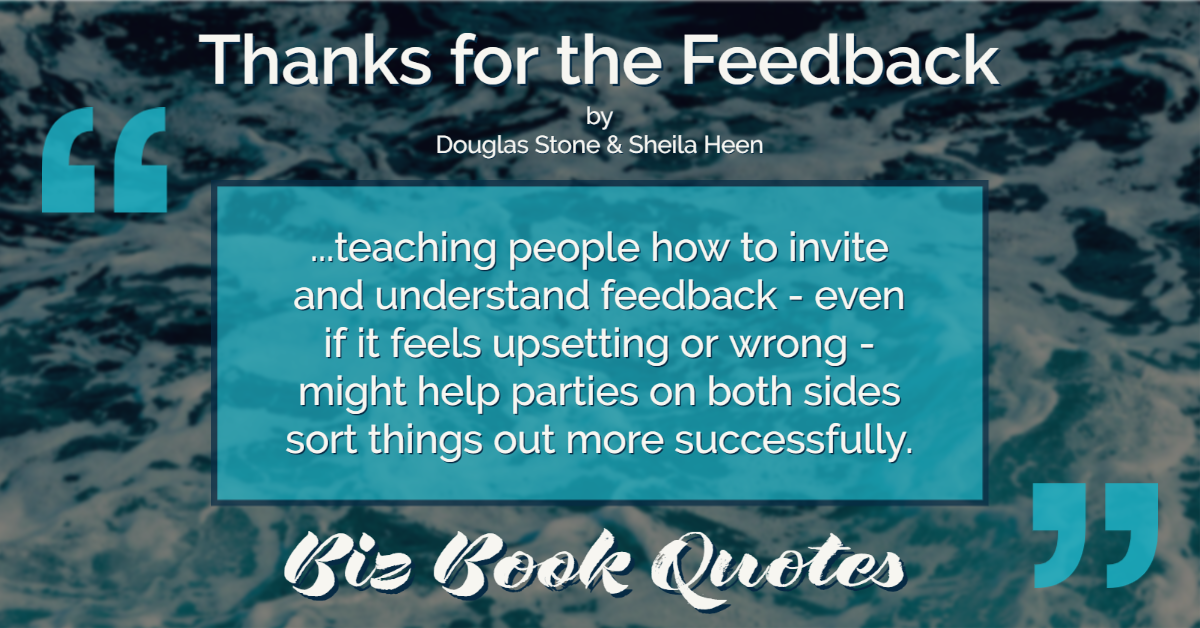
|
Thanks for the Feedback:
…teaching people how to invite and understand feedback – even if it feels upsetting or wrong – might help parties on both sides sort things out more successfully.
|
90 |











